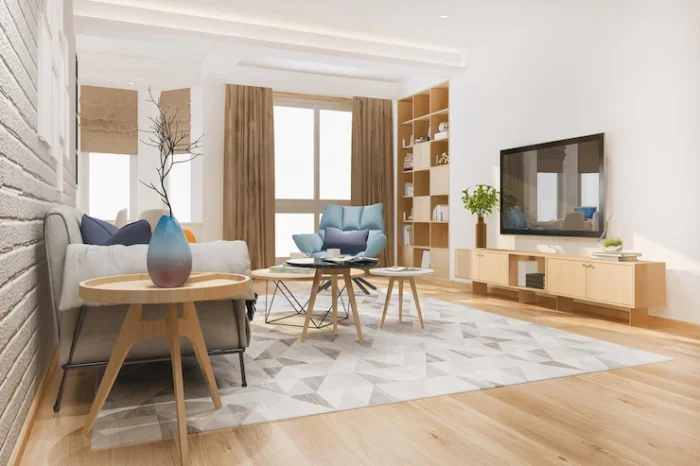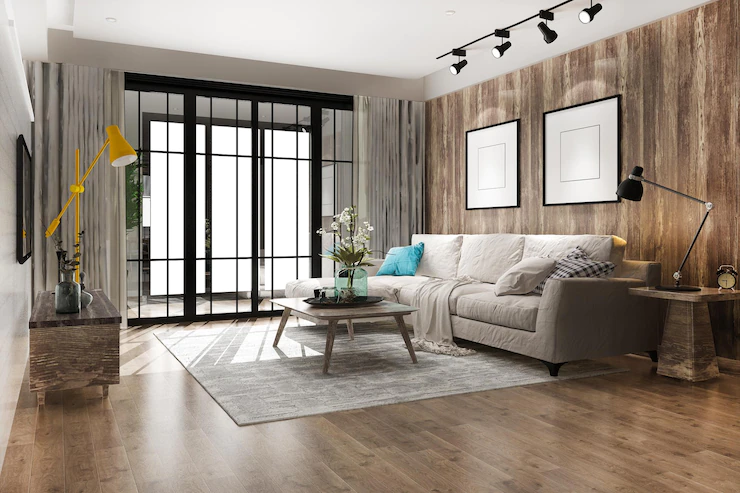
When it comes to interior design, one of the key elements to consider is the color scheme of a room.
Choosing the right colors can help create a cohesive and cohesive look, while the wrong ones can make a space feel disjointed and uninviting.
One decision that many people struggle with is whether to opt for darker or lighter floors compared to their walls.
We understand that this can be a challenging task, so you can be free to consult with experienced and professional people that know exactly what can best suit your needs on this website.
Darker vs lighter floors
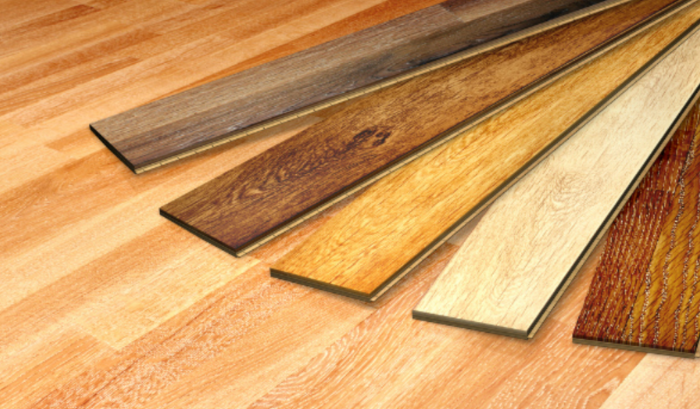
First, let’s start by looking at the pros and cons of lighter floors compared to darker ones.
Lighter floors, such as those made from materials like wood or tile, can help to make a room feel larger and more open.
They can also help to reflect light, which can be especially useful in smaller spaces or those that don’t receive a lot of natural light.
However, lighter floors are also more prone to showing dirt and wear, so they may require more frequent cleaning and maintenance.
On the other hand, darker floors can create a more cohesive and unified look in a space, especially when paired with lighter walls.
They can also help to ground a room and add depth and dimension. However, darker floors can also make a space feel smaller and more closed in, particularly in smaller rooms or those with low ceilings.
They may also require more frequent dusting and cleaning to maintain their appearance.
Now that we’ve covered the pros and cons of both options, let’s look at some tips for choosing the right color for your floors.
Consider the size of the room and it’s functionality
As mentioned above, lighter floors can help to make a space feel larger and more open, while darker ones can create a more cohesive and unified look.
If you have a small room or one with low ceilings, you may want to opt for lighter floors to help create the illusion of more space.
On the other hand, if you have a larger room with high ceilings, darker floors can help to ground the space and add depth.
The function of a room should also be taken into account when choosing a floor color. For example, if you have a high-traffic area, such as a kitchen or entryway, you may want to opt for a darker floor to help hide dirt and wear.
On the other hand, if you have a formal living room or bedroom, a lighter floor may be a better choice to create a more elegant and refined look.
Think about the overall design style as well as the color of your walls
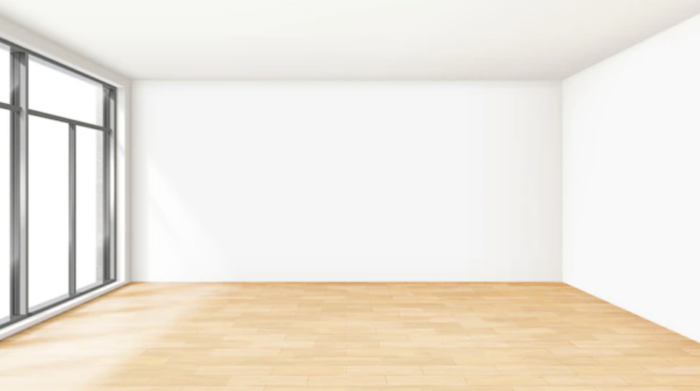
Your floor color should complement the overall design style of the room. For example, if you have a modern, minimalistic space, lighter floors may be a better choice to help create a clean and uncluttered look.
On the other hand, if you have a more traditional or rustic space, darker floors may be a better fit.
Additionally, the color of your walls can also play a role in your decision. If you have lighter walls, darker floors can help to create contrast and add visual interest. On the other hand, if you have darker walls, lighter floors can help to balance out the space and create a more cohesive look.
Take into account the amount of natural light
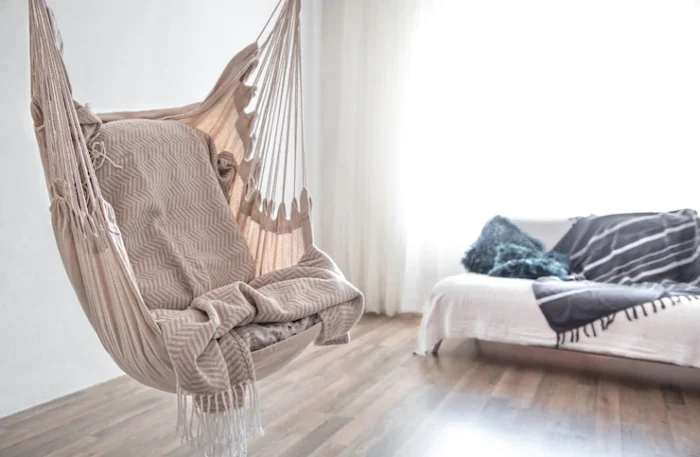
The amount of natural light in a room can also impact the way your floor color looks. In rooms with plenty of natural light, darker floors may not appear as dark as they would in a room with less light.
On the other hand, lighter floors may appear brighter and more vibrant in a room with plenty of natural light.
Test out samples and consider the overall color palette
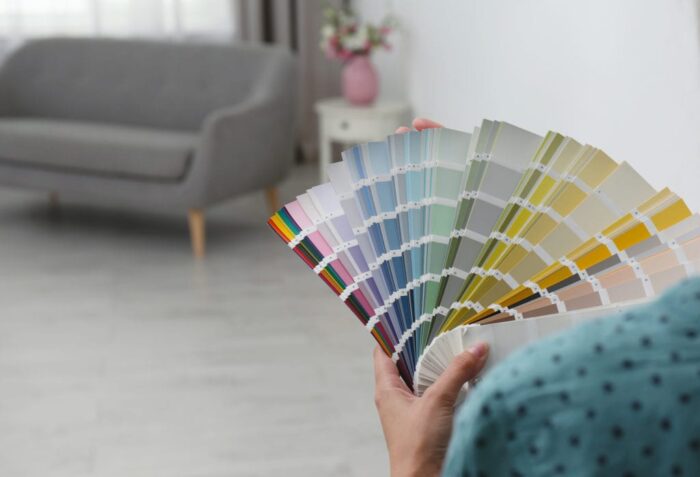
It’s always a good idea to test out samples of different floor colors in your space before making a final decision. This will help you get a sense of how the color looks in the room and whether it works with your overall design scheme.
When choosing your floor color, be sure to take into account the overall color palette of the room. Your floors should complement the other colors in the space, rather than clashing or standing out too much.
Think about maintenance

As mentioned earlier, darker floors may require more frequent dusting and cleaning to maintain their appearance, while lighter floors may show dirt and wear more easily.
Consider this when making your decision, and choose a color that fits your lifestyle and maintenance preferences.
How much time and patience do you really have when it comes to taking care of your floors – this is a great question to ask yourself.
Don’t be afraid to mix and match, express your creativity
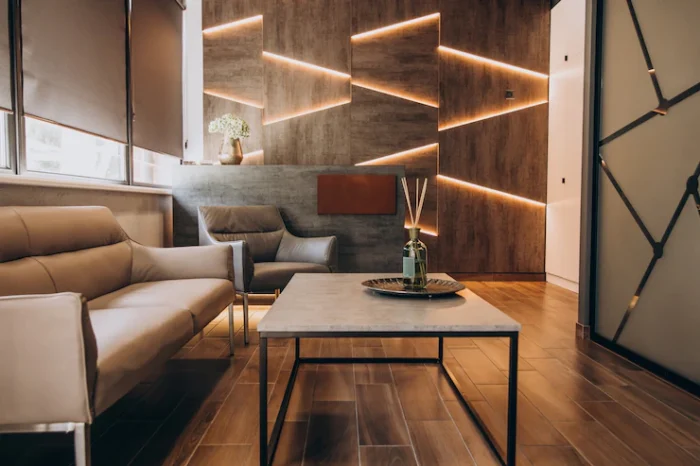
If you’re still on the fence about whether to go with darker or lighter floors, consider mixing and matching different shades and tones.
For example, you could opt for a darker wood floor in the living room and a lighter tile in the kitchen. This can help to create visual interest and add depth to your space.
Additionally, you should be free to experiment with different patterns and see which one you like.
If you’re feeling daring, it can be a great idea actually to consider experimenting with patterns and textures on your floors. For example, you could opt for a patterned tile or a textured wood floor to add visual interest and depth to your space.
You should know one thing – there is no one-size-fits-all answer to the question of whether floors should be darker or lighter than walls.
The best choice for your space will depend on a variety of factors, including the size of the room, the overall design style, the color of your walls, the amount of natural light, and the function of the space.
By considering all of these factors and testing out different options, you can find the perfect floor color for your home. So, it’s always a good idea to consult with an interior designer or do some research before making a final decision.

